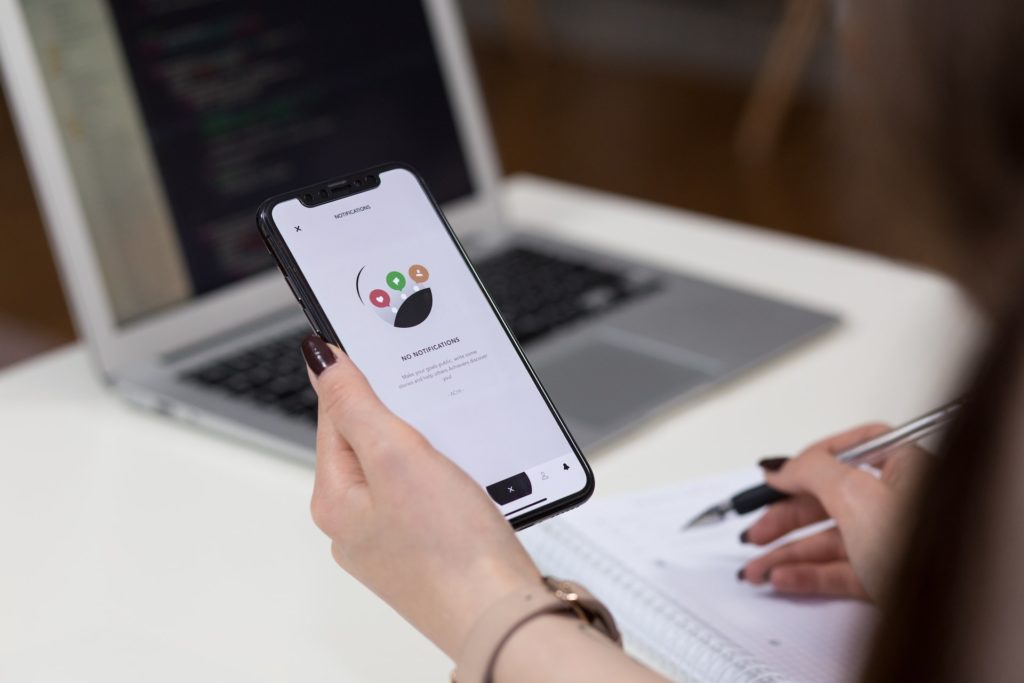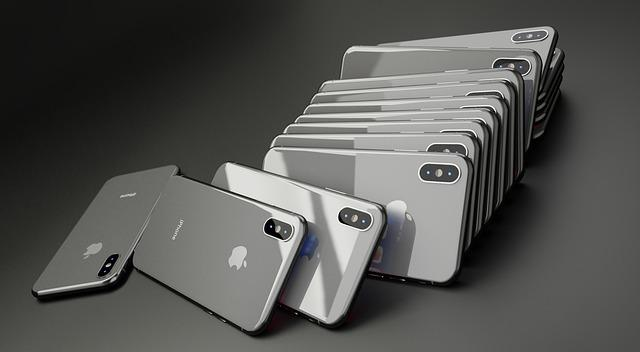
What is the Correct iOS Mobile App Development Process?
November 04, 2022
Mobile app development has become one of the most promising and profitable industries in decades.
With the rise in the demand for mobile, mobile app development has emerged as one of the best career options and is commonly pursued nowadays by many individuals.
In fact, compared to the traditional application development lifecycle, app development is relatively simple and quick (almost comparable to website development).
Compared with Android mobile application development, iOS mobile app development seems easier with a shorter app development cycle.
In this short blog post, we will see what is the correct iOS mobile app development process.

1. Brainstorm Your ideas
When developing software, the first thing you need to do is brainstorm your ideas. Refining your lk0 idea and strategizing will help you get a good idea of what exactly you want from the application.
There are several things you must consider when refining and strategizing your ideas. You must consider the type and cost of the application. Also, it is important to consider who will use the application, when it launches, and so on.
2. UX and UI Design
The second step in the iOS mobile app development process involves designing an engaging user interface (UI) that reflects your brand and makes sense for the end-user experience (UX).
The UX makes an app feel intuitive and easy to use, while UI design is focused on creating a seamless look across all devices (including Android phones).
This includes everything from choosing fonts to choosing colors for buttons or text boxes and how elements are laid out within each screen so that users can easily navigate through them without any confusion.
3. App Development (Coding)
The process for building iOS applications includes two phases: backend development and frontend development. Developers on the back end transfer data between users or resources on the server side of the application.
An API (application programming interface), an admin panel, and other elements of the mobile app site are developed by them (data loading algorithms, authorization methods, caching, etc.).
Client-side developers create mobile app interfaces. A user's experience when they start an app on their mobile device is shown below.
Depending on the type of app you're developing, you can use one of two object-oriented programming languages:
Swift is the newer option, and it's faster and easier to use. You can also easily add custom features, making it a better choice if your app has many features.
Objective-C is the old standby, so there are plenty of resources available for troubleshooting any issues you might run into -- but it's older and more difficult to use than Swift.
4. QA/Testing
Quality assurance (QA) testing ensures that your mobile app functions as intended when it goes live by verifying that it works on all devices, including iPads and iPhones, and across all platforms, including Android or Windows phones.
It is best to test your app with QAs throughout the development process constantly. There are many advantages to this approach.
When you test incrementally, you can find and fix errors in the design phase before they become a problem. This will save you time and money while keeping your users happy.
You also get to keep checking your app as you go, making sure it's exactly what you want before releasing it. This gives you the confidence that when you do remove it, it's going to be incredible.
5. Bug Fixing
The app will probably not be 100% perfect by the time it is released. This is why the developer must have the plan to fix any bugs found after the app has been released.
The software development company should have an app testing procedure and a process in place to fix any bugs discovered through this process.
6. App Release
This is where you submit your app to the App Store for approval before putting it up for sale for customers to download.
Your Apple App Store submission will be ready when QA specialists test the mobile app. During this process, be aware that the store will review every mobile application and may reject it for any reason. Follow the App Store Guidelines when developing your iOS app.
Summary
The iOS mobile app development process can be ongoing where changes and fixes can be made to the product for years after being first released.
If you're looking for a mobile app development company, you can use this outline as a guide to check all the stages when you are building your own development process.
Keep it in mind during the different stages of development, and tweak it as you move along to ensure your process is as efficient and effective as possible.


